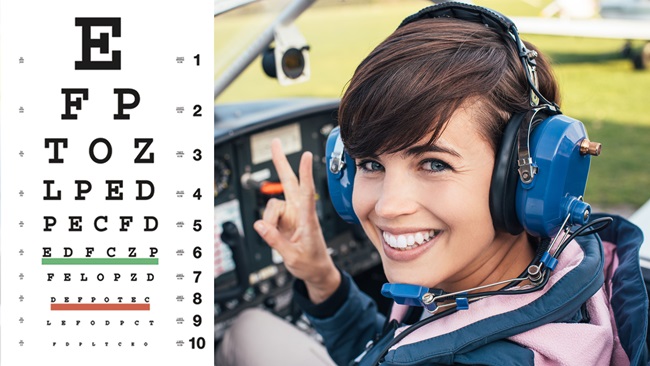Proficient Pilot: The Earth is not flat
Adventures in international travel
I was on reserve during my first month on international and had no clue where my first assignment would take me. But I soon learned. Crew scheduling called to advise that I was needed the next evening on Flight 706. I quickly took out my pairings sheet to see where in the world I’d be going.
I could hardly believe it. I had been assigned TWA’s most senior flight, an eastbound, 11-day trip around the world in a Boeing 707, one that would cut across every meridian and during which the compass would always point in about the same direction. It was a flight kiddingly referred to as an outside loop of cosmic proportion. (Think about it.)
A serious challenge was planning what and how to pack the clothing needed for both frigid and tropical climates. This was before suitcases had wheels, and you dare not take more than you could carry with one arm. Your “brain bag” occupied your other arm and was stuffed heavily with the books (plural) of approach plates needed to navigate the world. It was said that you could pick an international pilot out of a crowd by the way his knuckles dragged along the ground when he walked—the consequence of his arms having stretched from schlepping heavy loads through airports for so many years.
The most difficult aspect of flying around the world for me was managing sleep. When you are incessantly crossing time zones, living out of a suitcase, and sleeping in different beds at odd hours, this becomes a serious issue, so much so that pilots flying around the world often operated in a semi-constant state of fatigue (then and now).
We got to buzz Mount Everest, use the pyramids as pylons on the approach to Cairo, and inspect areas so remote that the charts were replete with “Unsurveyed” notations.The most tired I can recall being followed a layover on Guam. Against company rules and common sense, my crew and I foolishly took a flight on Air Micronesia to Saipan during our 26-hour layover. The 120-nautical-mile overwater hop took only minutes, and we spent hours checking out intriguing Japanese relics and remains from World War II. It wasn’t worth it, though. We returned to the Saipan Airport only to discover that our return flight to Guam had been canceled, and there were no others that day. The only way to return to Guam in time to operate our TWA flight to Honolulu was to charter a pair of Cessna 310s, a very costly but necessary proposition. We got back to our hotel without time to nap and barely enough time to change into our uniforms, pack, and be ready for the crew bus to take us to the airport and disgorge us for the midnight departure. We operated our flight on time, but remaining awake during the eight hours to Honolulu was painful. We were so tired that we needed toothpicks to prop open our eyelids.
All of the excitement and adventure was worth occasional discomfort. We got to buzz Mount Everest, use the pyramids as pylons on the approach to Cairo, and inspect from above areas so remote that charts covering them were replete with “Unsurveyed” notations. We gained a perspective of the world afforded only to those who fly.
ATC procedures could be unusual. Because of a mechanical delay in Tel Aviv, for example, we were flight-planned to arrive late in Bombay after the tower’s scheduled nightly closure (from 0200 to 0400). The controllers apparently didn’t have the patience to await our arrival, however, and called us on high frequency while we were over central Iran. “TWA 706, Bombay Tower is going bye-bye. Maintain level 370. Cleared VOR approach. Cleared to land. Good night.” Further attempts to contact the tower were fruitless. Finally arriving over the BBB VOR at FL370, we pulled back all four thrust levers to idle, made a sweeping, 7-mile-deep spiral descent to pattern altitude, and landed, praying all the while that there were no holy cows on the runway.
When we finally set the parking brake after the last leg of my first circumnavigation, I calculated—I still have the logs—that we had flown 26,532 nm in 56 hours and 55 minutes; consumed 738,900 pounds of fuel; carried 1,409 passengers on 16 legs; and proved once again that the Earth is not flat.
Web: www.barryschiff.com



